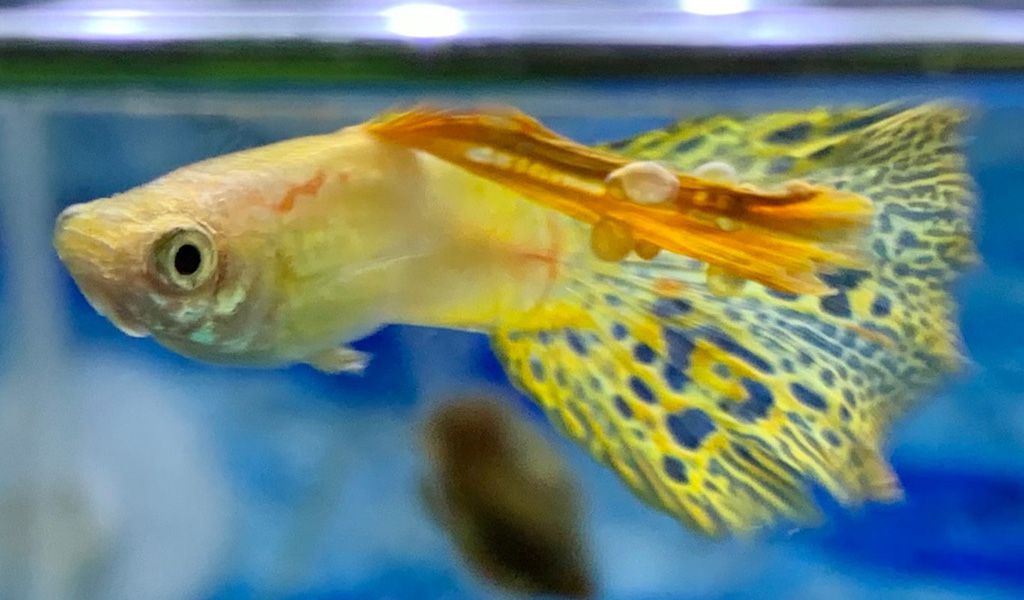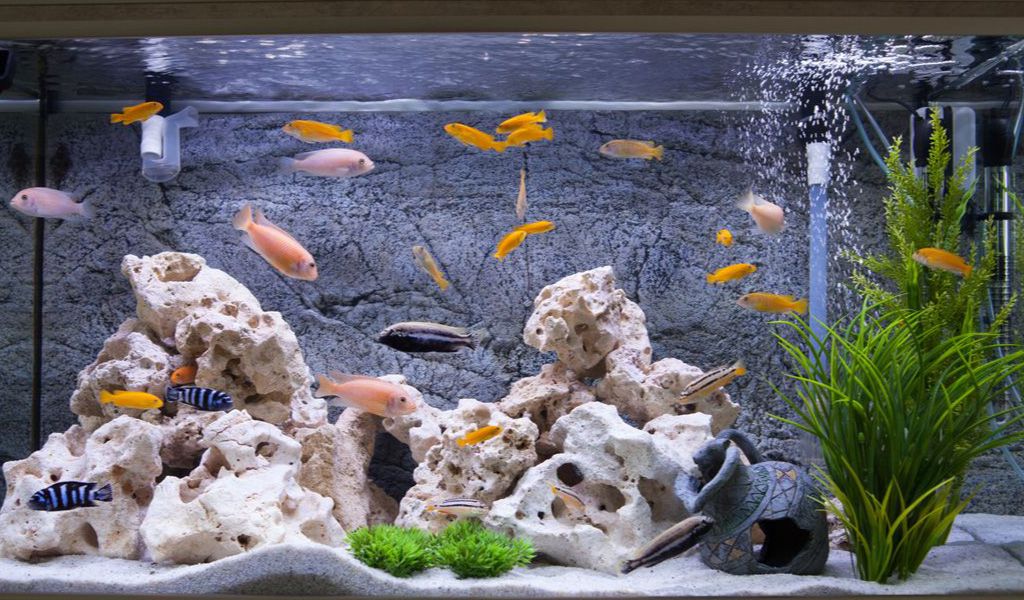How to Prevent Gas Bubble Disease in Fish
Have you ever seen bubbles on your fish? If not, your fish are lucky. Because bubbles on fish can be a disease, which may be white spot disease, fish pox, or gas bubble disease. Specifically, gas bubble disease is the most severe one. If you know little about it, do not worry. Today’s article will talk about the gas bubble disease in fish, including what is it, what causes the disease, how to prevent fish diseases, and treat it effectively. Without furthermore ado, let’s get down to business.
Content Table
What is gas bubble disease in fish
Before we get into the details of gas bubble disease in fish, let’s take a quick look at what is gas bubble disease. Actually, gas bubble disease is abbreviated to GBD, which is the result of supersaturated natural gases in your tank, like oxygen and carbon dioxide. The bubbles may appear within the fins, gills, eyes, skin, or internal organs. As the water temperature and pressure change, the bubble may be noticeable. Nonetheless, large bubbles would block blood flow, damage the tissue, or even cause fish death. By the way, the gas bubble disease is common among goldfish, Koi fish, Oscar fish, and others.
What causes fish gas bubble disease
As we have mentioned above, leading to gas bubble disease, the supersaturation in your aquarium is probably caused by sudden water temperature and pressure fluctuations, aquarium equipment malfunction, nitrogen saturation, or gas influx. Generally, it is more encountered with groundwater that is saturated with nitrogen. If there are floating plants in the fish tank, it needs more fertilizer. When the unfermented fertilizer accumulates, it will consume oxygen and produce methane gas, which will cause bubble disease, too.
As we all know, the water temperature will change as you do water changes. Also, the pressure changes with the water temp. Because the new water temperature may not be the same as the old one. Then water temperature fluctuation would lead to bubbles forming on the fish’s scales, fins, gills, eyes, or internal organs. Hence, it is better to check the water temp when changing water.

However, sometimes bubbles form on internal organs. Accordingly, you can not determine whether the fish get gas bubble disease or not immediately. Fortunately, aside from visible bubbles, there are other symptoms, including loss of appetite, loss of equilibrium, floating on the water surface, being inactive, and buoyancy issues.
Prevent fish gas bubbles disease
Actually, keeping good aquarium hygiene can protect your fish from gas bubble disease. First of all, choose healthy fish from stores when introducing new fish. Because if one fish get the disease, other healthy fish may be infected. Besides that, you should avoid water temperature fluctuation. Do not change the water completely suddenly. You can change the water with some aquarium water changer equipment. And check the water temp during water changes to maintain the least water fluctuation. Also, you should ensure the filtration system and other aquarium equipment are sealed and run properly. Otherwise, it would create microbubbles in your aquarium.
In addition, monitoring the bubbles in aquarium water is essential. It is abnormal to find an abundance of bubbles on aquarium accessories, decorations, or glass.
How to treat gas bubble disease in fish
Are there any cures for gas bubble disease in fish? Exactly, yes, there are. And this segment will give you some ideas about gas bubble disease treatment. Excessive gas sources should be eliminated. The bubbles inside the fish’s body would resolve if the gas saturation returned to the normal level. Or you can aerate more air into the water because the air allows other gases to escape from the fish’s body.

Usually, the bubbles would be lanced, which need to use antibiotics to avoid infection. As for exophthalmos, you can cure it by injecting medication around the eyes. Nevertheless, it may cause swim bladder or buoyancy problems. Hence, medication injection into the eyes is not common. Additionally, provided that gas bubble disease influences the eyes or causes blindness, it is feasible to remove the eyes, if necessary.
On the other side, if there are fewer bubbles, you can just change half of the aquarium water. But you should be cautious about the new water. Otherwise, it will cause secondary injury. Also, you should remove the waste and other substances in your aquarium. In this case, applying a gravel vacuum will help you a lot, which will make maintenance easier. Because it plays a role in gravel and sand cleaning, dirt removing, and water changing. And the 3D filter basket inside the gravel washer tube prevents small fish and gravel from being sucked when vacuuming.
Reminder
After reading, have you possessed a better idea of gas bubble disease in fish? In addition to avoiding rapid water temperature and pressure changes, it is also critically crucial to place your tank appropriately. Do not locate your tank near windows or places with full direct sunlight. That is all for today. Finally, thanks for your reading.
